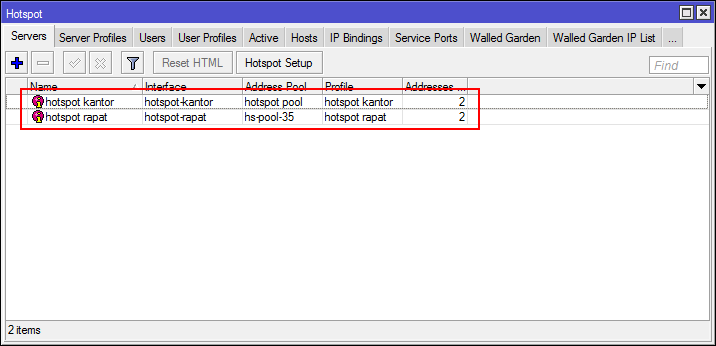Why you should not use heat flow as input in your basin model
It is still common practice to use heat flow as input to basin models. It is really a bad practice, especially when the heat flow is supplied at the base of the sediment column. Modelers usually fit a heat flow to match temperature data and then use the same heat flow in the kitchen or even over geological time. The problem is heat flow is a function of deposition rate (so called transient effects) , which changes laterally (the kitchen area usually has higher sedimentation rates), as well as in time. Yes I am talking about basement heat flow. We recommend using 1330 �C at base of lithosphere as the boundary condition. This will automatically determine the heat flow in the kitchen and its variation in time. Here are a couple of examples:
This figure shows heat flow (at base of sediment column) vs time for the Gulf of Mexico deep water areas. The rapid drop in heat flow in Miocene is caused by rapid deposition. By assuming 1330 �C at base of lithosphere, basin models will automatically determine heat flow based on sedimentation rate as well as the conductivity of the rocks being deposited. Faster deposition rates with a lower conductivity rock will depress heat flow more. Heat flow will slowly equilibrate to steady state if there has been no deposition for about 40 million years.
The second example here is from North Africa, which has undergone significant uplift and erosion during the Tertiary. Heat flow calculated based on 1330 �C at base lithosphere shows how heat flow increases during periods of erosion.
You may check out this earlier post to see how this approach can help determine heat flow in the kitchen area without wells. In most situations, vitrinite reflectance data (and other thermal indicators) are not sensitive enough in determining the paleo-heat flow as deeper burial at present day overprints any impact of cooler temperatures in the past.
This figure shows heat flow (at base of sediment column) vs time for the Gulf of Mexico deep water areas. The rapid drop in heat flow in Miocene is caused by rapid deposition. By assuming 1330 �C at base of lithosphere, basin models will automatically determine heat flow based on sedimentation rate as well as the conductivity of the rocks being deposited. Faster deposition rates with a lower conductivity rock will depress heat flow more. Heat flow will slowly equilibrate to steady state if there has been no deposition for about 40 million years.
The second example here is from North Africa, which has undergone significant uplift and erosion during the Tertiary. Heat flow calculated based on 1330 �C at base lithosphere shows how heat flow increases during periods of erosion.
You may check out this earlier post to see how this approach can help determine heat flow in the kitchen area without wells. In most situations, vitrinite reflectance data (and other thermal indicators) are not sensitive enough in determining the paleo-heat flow as deeper burial at present day overprints any impact of cooler temperatures in the past.




Comments
Post a Comment
-Berkomentarlah yang baik dan rapi.
-Menggunakan link aktif akan dihapus.